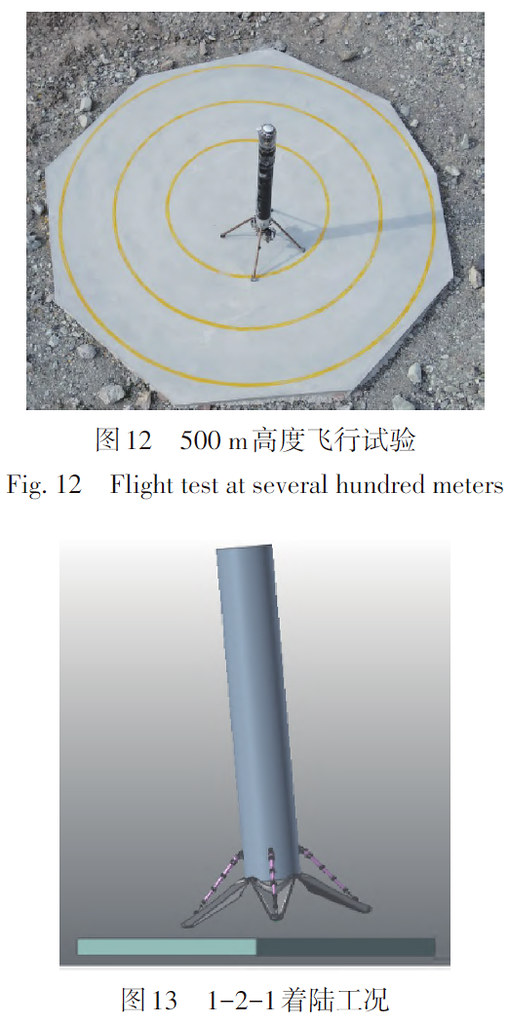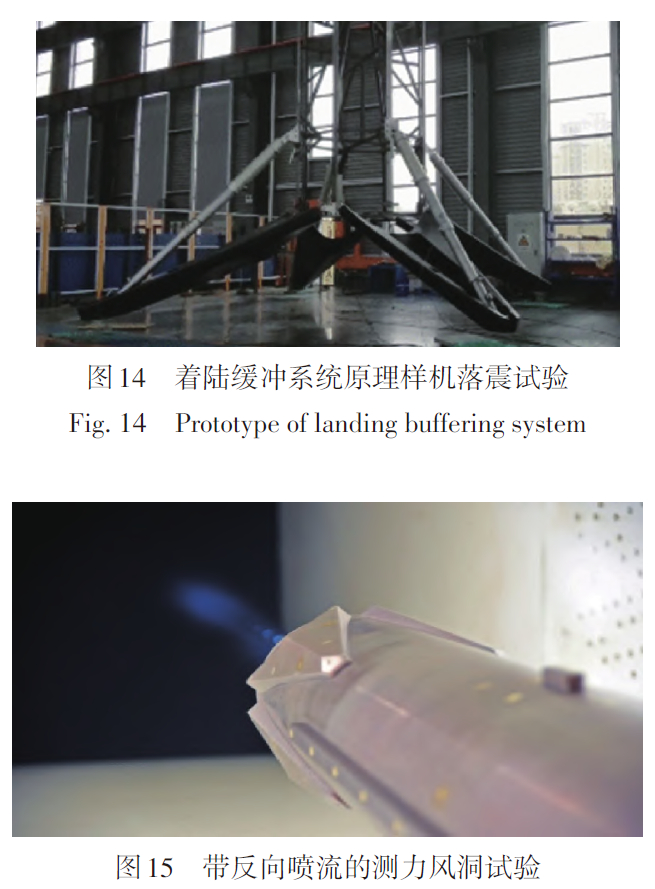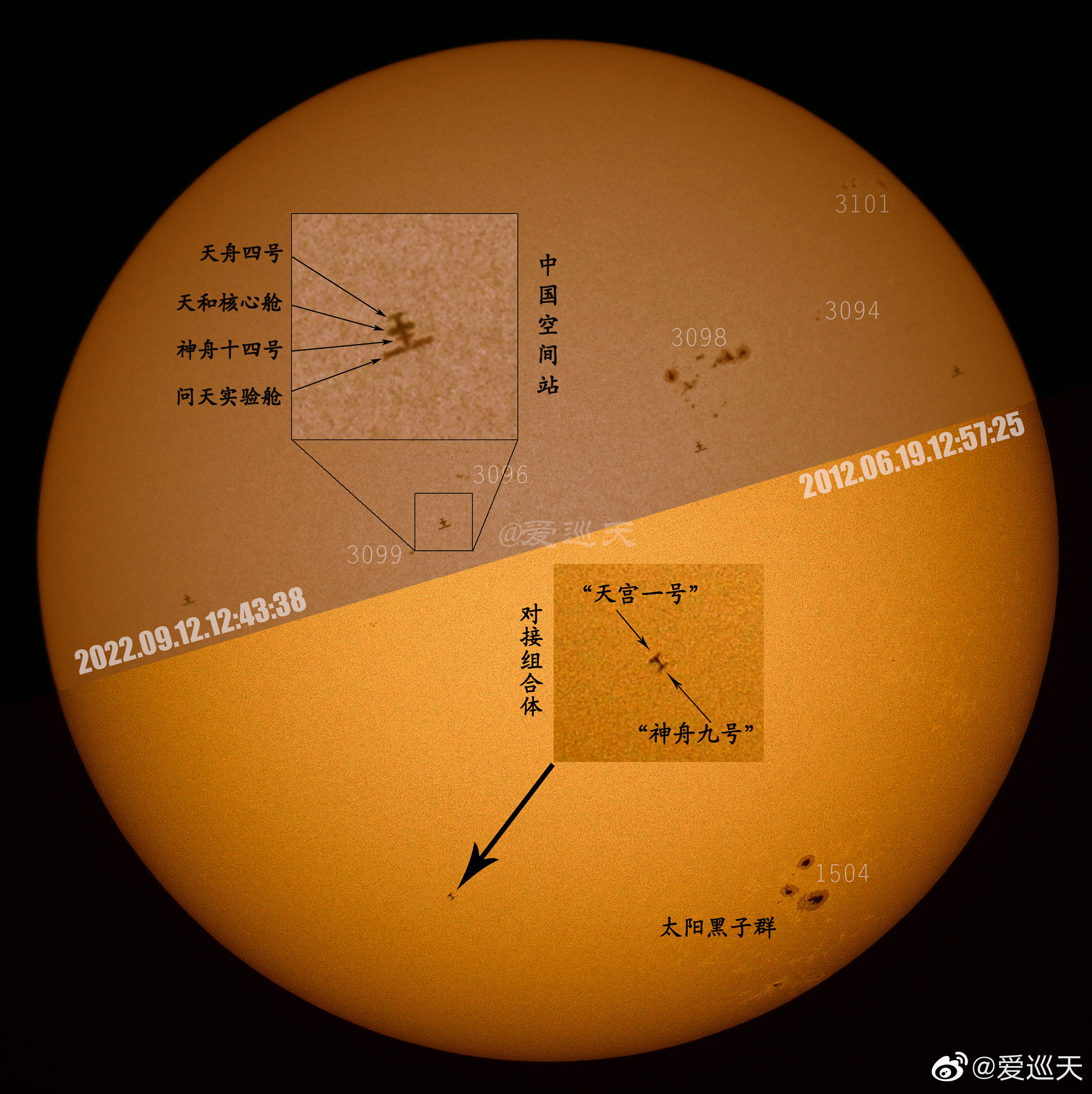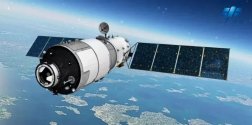In the demonstration of the serialized type spectrum of my country's first-generation vertical take-off and landing rocket by the 805 Institute of the Eighth Academy of Aerospace Science and Technology, three configurations of liquid oxygen methane rockets with diameters of 3.35m, 4m and 7m appeared, covering 700km SSO of 2.5t to 20t. Capacity range.
3.35m class diameter: two-stage configuration, the first sub-stage adopts five 70t-class open-cycle liquid oxygen methane engines "Longyun", and the second sub-stage adopts a 70t-class vacuum version "Longyun" engine. The first-level forefield return carrying capacity of its 700km SSO orbit is about 2.5t, and the LEO carrying capacity is about 5t.
4m class diameter: two-stage configuration, one sub-stage adopts 7 or 9 80t-class liquid oxygen methane engines (70t-class engine improved version), and the second sub-stage adopts an 80t-class vacuum version liquid oxygen methane engine. Its 700km SSO orbital The return capacity of the first sub-class is 3.5~6.5 t. The 4m-level diameter is the maximum transportable diameter of the inland launch vehicle. After the launch-related facilities are adapted, it can be used to improve the launch capacity of the inland launch site.
7m class diameter: two-stage configuration, 19~22 80t-class liquid oxygen methane engines are installed in the first stage, and two 80t-class vacuum version liquid oxygen methane engines are installed in the second stage. The return capacity of the first sub-stage of the 700km SSO orbit is greater than 20t . The 7m-class diameter rocket is launched along the coast, and a new launch station and offshore recovery platform need to be built. The offshore recovery platform is preset according to different ballistics in advance to fully meet the needs of large payloads and giant constellation network launches.
The key technologies of the first-generation vertical take-off and landing launch vehicle mainly include 7 items: (1) repeated use of engine technology for multiple starts and depth changes; (2) high-precision multi-constraint vertical return navigation guidance and control technology; (3) large load High reliability landing buffer system technology; (4) blunt body high-speed return aerodynamic characteristic prediction technology; (5) high Mach reverse jet thermal environment prediction and protection technology; (6) large disturbance negative overload low temperature propellant management technology ; (7) Grid rudder and straight gas compound control technology.
At present, the maturity of the first-generation vertical take-off and landing key technologies in China has met the conditions for conducting demonstration flight tests. The project team proposed the development idea of power foundation, control first, step-by-step demonstration, and key breakthroughs, and carried out a series of integrated demonstration and verification tests from rocket-powered low-altitude and low-speed flight tests to rocket-powered high-altitude high-speed flight tests.
The low-altitude and low-speed flight test (flight altitude below 1 km) is used to verify the liquid oxygen methane power system, the deep thrust adjustment of the engine and the rapid thrust control technology, the return navigation guidance technology and the large load landing buffer technology.
High-altitude high-speed flight tests (flying altitudes above 100 km) are used to verify grid rudder and straight gas composite control, high-altitude ignition of liquid oxygen and methane engines, return propellant management, return thermal environment prediction and protection, landing buffer and full arrow reuse design And maintenance and other vertical take-off and landing reuse all key technologies.
The main technical characteristics of the second-generation vertical take-off and landing launch vehicle are: large-scale and two-stage complete reuse. Class, high thrust closed-cycle liquid oxygen methane engine technology, and other classes are divided into four categories.
Specifically include large-diameter arrow body construction technology, multiple (20 or more) engine parallel technology, low mass-to-drag ratio winged cone cylinder to return to high-speed domain adaptation aerodynamic design and accurate prediction technology, orbit-level return guidance + attitude control + Pneumatic integration joint design technology, orbital-level return thermal environment prediction technology, orbital-level return large heat flow protection technology that can be quickly detected and maintained, complex profile propellant management technology, 200t-level multiple start-up depth variable thrust closed circulation liquid oxygen methane Key technologies such as engine technology (vacuum specific impulse over 370s), large-scale rocket launch jet impact analysis and suppression technology without diversion groove, launch tower mechanical capture air recovery technology and large-load arresting rope system and other key technologies.
On the basis of the engineering application of the first-generation vertical take-off and landing reusable launch vehicle, the development of a two-stage fully reusable rocket is carried out.
The first step: On the basis of the 7m-level diameter one sub-stage return rocket, develop a 7m-diameter low mass-to-drag ratio winged cone cylinder with a vertical return two sub-stages, forming a two-stage fully repeatable launch vehicle, providing the LEO capacity of 10t. cost shipping capacity.
The second step: develop a 9~10m diameter heavy vertical take-off and landing two-stage fully reusable launch vehicle. The scheme is based on a 9-10m class diameter and 200t class closed-cycle liquid oxygen methane engine. A sub-stage uses 25 to 28 engines. The second stage uses 6 to 9 engines that are basically the same as the first stage. The fully reusable LEO capacity is 100 t, creating a fully reusable space transportation system with high efficiency, low cost and high reliability. It can realize all the functions of the existing space transportation system, and the performance of the launch vehicle and the launch price have improved by leaps and bounds.
The application mode of the two-stage fully reusable launch vehicle will also be gradually expanded, such as commercial space tourism, intercontinental transportation and solar system exploration.







